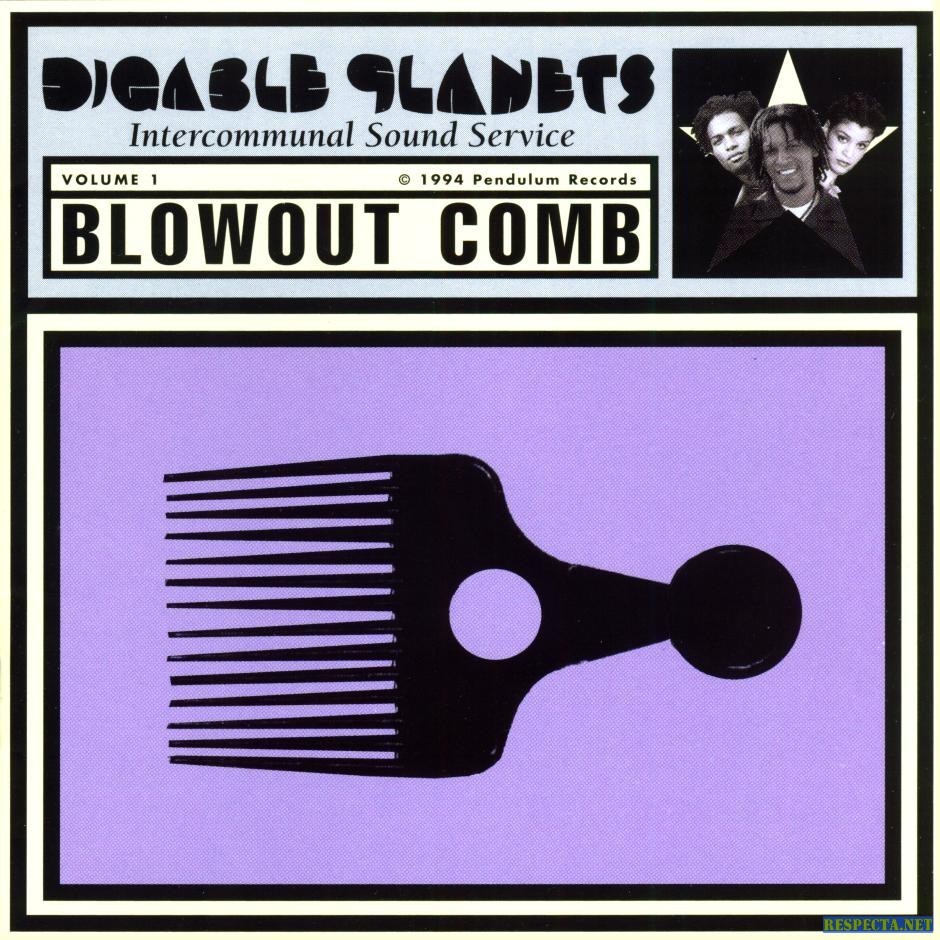Blowout Comb, which followed Reachin‘ (A New Refutation of Time and Space), opens with a blast from some dissonant horns the immediately inform the audience that they are listening a jazz-rap album. “Black Ego” then moves into anti-establishment brag raps, but it’s important to note how loud the beat is in comparison to vocals. The beat doesn’t act as just a backdrop to flow against; it acts as its own entity, as it seems that there was a 4th member of Digable Planets. The 4th member is Dave Darlington, who was the engineer of the album and was largely responsible for unifying the various live instruments and samples into a singular sound.
“Dog It” serves as an example as to how to perfectly execute a horn sample while bringing in 5 percenter imagery and more abstract lyrics. “Jettin'” is a major highlight of the album, with the music rhythmically panning to bounce off the left and right channels. This effect makes an already great track a surreal and memorable listen. Identity continues to play a big role in the lyrics of this track, with a memorable lines from Ish and Mecca: “Before I pop I’d rather die in baggy Guess and Timbs” and “No blue eyes to emulate”.

